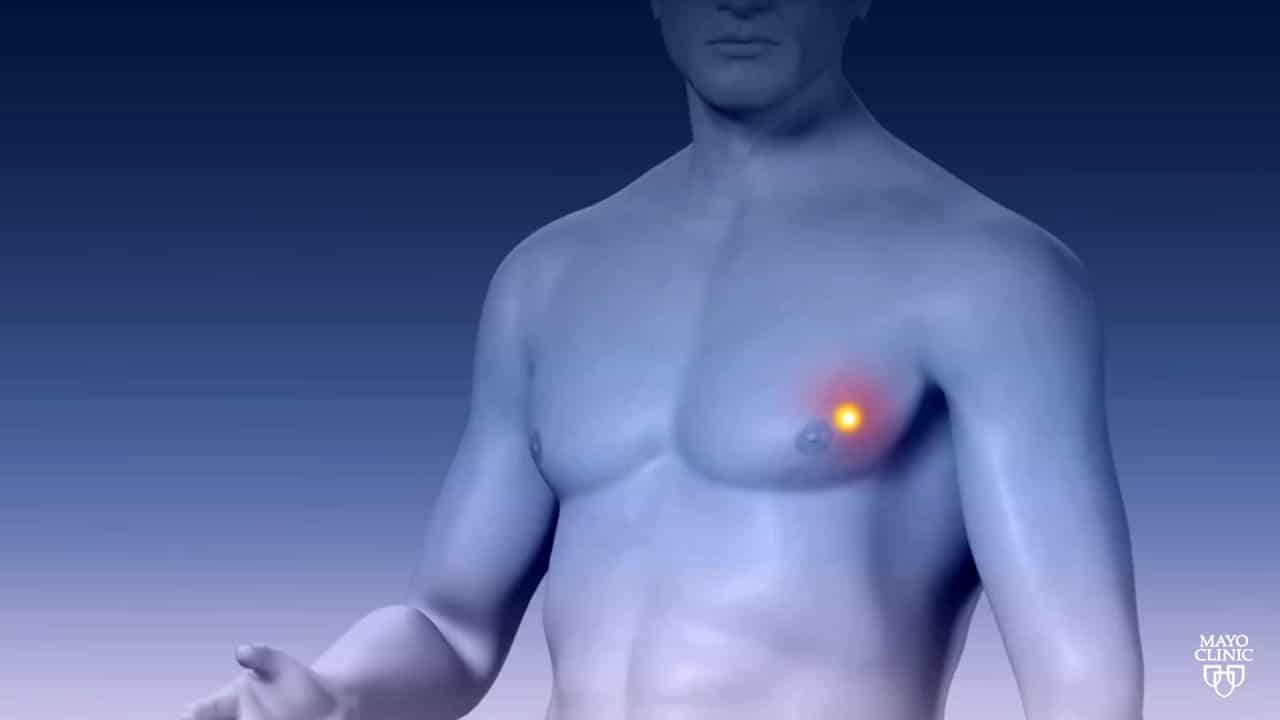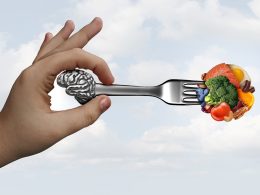Exploring Male Breast Cancer
Male breast cancer, though relatively rare, poses a significant health challenge often diagnosed in advanced stages. This comprehensive guide delves into various facets of male breast cancer, covering symptoms, statistics, survival rates, diagnostic tests, treatment options, underlying causes, risk factors, and preventive strategies.

Symptoms
Recognizing the signs of male breast cancer is pivotal for early intervention. Individuals should be vigilant for the following symptoms:
- Painless Lump: A lump in one breast that is usually painless.
- Nipple Abnormalities: Nipple retraction, ulceration, and discharge.
- Skin Changes: Skin puckering, dimpling, or discoloration on the breast or nipple.
Additional symptoms may manifest if cancer spreads, including swelling in the lymph nodes, breast pain, and bone pain.
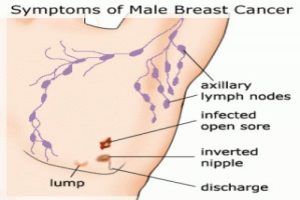
Statistics and Survival Rates
Male breast cancer comprises less than 1% of global cancer diagnoses, with a lifetime risk of approximately 1 in 833. Early diagnosis significantly improves the prognosis. Survival rates vary based on the extent of cancer:
- Localized Cancer: 97% survival.
- Affecting Nearby Areas: 83% survival.
- Spread to Other Parts: 22% survival.

Tests and Diagnosis
Timely medical attention is crucial for early detection. Diagnostic tests may encompass a mammogram, ultrasound, nipple discharge test, and biopsy. Surgical intervention may be recommended based on the diagnostic findings.
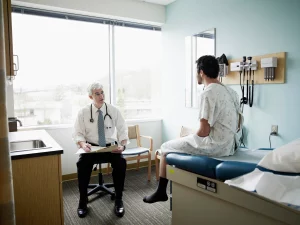
Treatment Options
The choice of treatment hinges on factors such as tumor size, spread, and histological characteristics. Treatment options include:
- Mastectomy: Removal of the entire breast.
- Lumpectomy: Removal of a portion of the breast.
- Lymphectomy: Removal of affected lymph nodes.
Other therapeutic approaches involve radiation therapy, estrogen hormone therapy, chemotherapy, and targeted therapy.
Causes and Risk Factors
While the exact cause of male breast cancer remains elusive, various risk factors contribute to its development:
- Genetic Mutations: Links between breast cancer and mutations in BRCA1 and BRCA2 genes.
- Klinefelter Syndrome: Males with this syndrome have an elevated risk.
- Family History: Around 20% of males with breast cancer have a close family member affected.
- Age: Diagnosis is more common in males over 72.
- Radiation Therapy, Alcohol Consumption, and Lifestyle: Certain environmental factors and lifestyle choices may increase the risk.
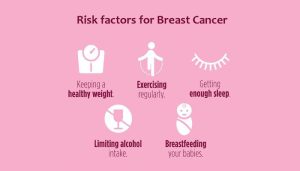
Prevention
Early detection is paramount. Individuals with a family history should regularly monitor for changes and consider genetic testing. Adopting a healthy lifestyle, including regular exercise, maintaining a moderate weight, and limiting alcohol intake, may contribute to preventing male breast cancer.
This in-depth guide aims to raise awareness and understanding of male breast cancer, underscoring the significance of early detection and proactive health management. If any changes are noticed, seeking prompt medical evaluation is crucial for accurate diagnosis and timely guidance. Stay informed, stay vigilant.






